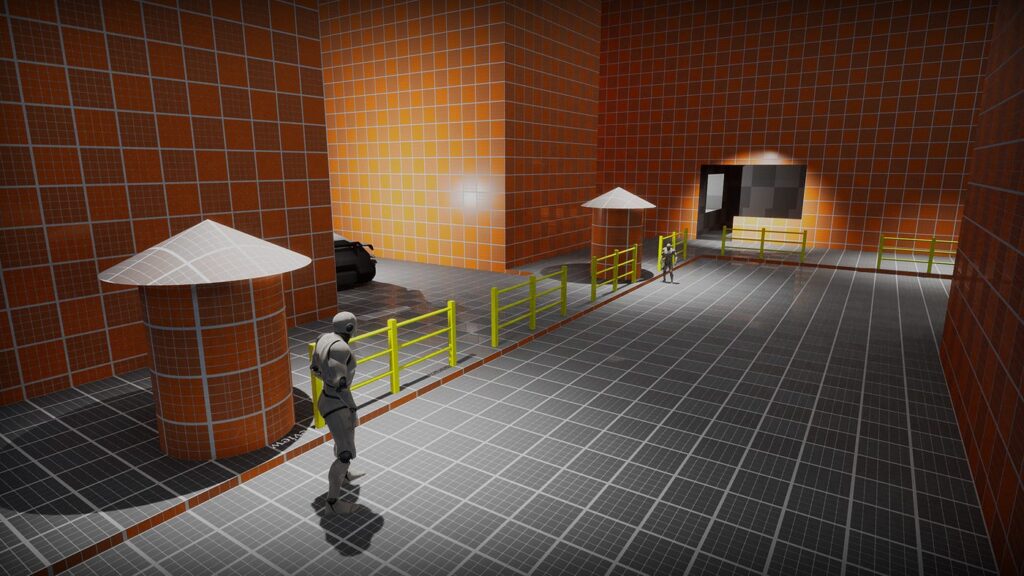Game development involves gameplay, levels, and user interface (UI) as key building blocks. Gameplay includes actions and interactions that drive player engagement and progression. Levels provide unique challenges and environments for players to navigate. UI includes all visual elements and interactive components for player interaction. Game developers iterate on these elements to create balanced and compelling experiences. Well-designed gameplay mechanics, levels, and UI enhance player engagement and immersion. Understanding and mastering these elements allows developers to create fun and immersive games that captivate players. By balancing difficulty, pacing, and variety, developers can create games that keep players coming back for more.
Building Blocks of Fun: Understanding Gameplay, Levels, and UI in Game Development
Introduction
Game development is a complex and intricate process that involves various elements coming together to create an immersive and enjoyable experience for players. In this article, we will explore the key building blocks of game design, including gameplay, levels, and user interface (UI), and how they contribute to the overall fun and engagement of a game.
Gameplay
Gameplay is the core mechanic of any game and refers to the actions and interactions that players engage in while playing. It encompasses the rules, objectives, challenges, and feedback mechanisms that drive player engagement and progression. A well-designed gameplay mechanic is essential for creating a compelling and enjoyable gaming experience.
Game developers often iterate on gameplay mechanics to ensure they are balanced, challenging, and rewarding for players. This involves playtesting, gathering feedback, and making adjustments to enhance the overall gameplay experience. From simple mechanics like jumping and shooting to more complex systems like crafting and resource management, gameplay is the heart of a game.
Levels
Levels in a game refer to the individual stages or sections that players progress through as they play. Each level presents unique challenges, enemies, puzzles, and environments for players to navigate and overcome. Well-designed levels are essential for maintaining player engagement and providing a sense of accomplishment and progression.
Game developers design levels to balance difficulty, pacing, and variety to keep players motivated and challenged. They often use level editors and design tools to create intricate and visually appealing environments that enhance the overall gameplay experience. Levels can range from linear and straightforward to open-world and non-linear, offering players a diverse range of gameplay experiences.
User Interface (UI)
The user interface (UI) of a game encompasses all the visual elements and interactive components that players use to navigate, interact, and engage with the game. This includes menus, buttons, HUD elements, inventory systems, maps, and more. A well-designed UI plays a crucial role in guiding players, providing information, and enhancing the overall user experience.
Game developers design UI elements to be intuitive, accessible, and visually appealing to enhance player engagement and immersion. They often conduct user testing to ensure that the UI is user-friendly and easy to navigate. The UI should complement the gameplay and levels by providing essential information, feedback, and controls to players.
Conclusion
In conclusion, gameplay, levels, and user interface are key building blocks of game development that work together to create a fun and engaging gaming experience. By understanding and mastering these elements, game developers can create immersive and enjoyable games that captivate players and keep them coming back for more.
